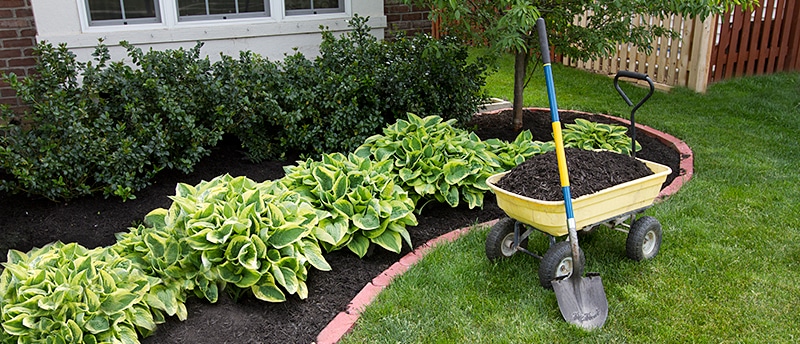
Budgeting for Whole Home Renovations Cost Considerations
Understanding the Scope of Whole Home Renovations
Embarking on a journey to renovate your entire home is an exciting yet daunting endeavor. Before diving headfirst into the project, it’s crucial to grasp the scope of what lies ahead. Total home renovations encompass a wide range of tasks, from updating kitchens and bathrooms to refreshing flooring and paint throughout the entire house. Understanding the comprehensive nature of these renovations is the first step in effective budgeting.
Assessing Your Renovation Goals
One of the initial steps in budgeting for whole home renovations is to clearly define your renovation goals. Are you aiming for a complete transformation, or are you focusing on specific areas of the house? Take the time to assess which aspects of your home are in need of renovation and prioritize them based on your preferences and budget constraints. By setting clear goals from the outset, you can streamline the budgeting process and ensure that your renovation plans align with your vision.
Estimating Costs for Each Renovation Component
Once you’ve established your renovation goals, it’s time to dive into the nitty-gritty of cost estimation. Break down the renovation project into individual components, such as kitchen upgrades, bathroom remodels, flooring replacement, and painting. Research the average costs associated with each component in your area and factor in any additional expenses, such as labor costs and permits. By estimating costs for each renovation component, you can develop a more accurate budget that reflects the scope of your project.
Accounting for Unforeseen Expenses
No matter how meticulously you plan your renovation budget, unexpected expenses are bound to arise. Whether it’s discovering hidden water damage during demolition or encountering structural issues that require additional repairs, it’s essential to account for unforeseen expenses in your budget. Set aside a contingency fund of around 10-20% of your total renovation budget to cover any unexpected costs that may arise during the renovation process. By planning for the unexpected, you can avoid financial strain and keep your renovation project on track.
Prioritizing Must-Have Upgrades vs. Nice-to-Have Additions
When budgeting for whole home renovations, it’s essential to distinguish between must-have upgrades and nice-to-have additions. Identify essential renovations that address functional or safety concerns, such as repairing structural damage or updating outdated electrical systems. Once you’ve allocated funds for must-have upgrades, you can then consider optional additions that enhance the aesthetics or comfort of your home, such as luxury finishes or custom-built features. By prioritizing renovations based on their necessity and impact, you can make informed decisions that align with your budget and goals.
Exploring Cost-Saving Strategies
Renovating your entire home doesn’t have to break the bank. There are several cost-saving strategies you can employ to stretch your renovation budget further. Consider DIYing certain aspects of the renovation project, such as painting or minor repairs, to save on labor costs. Shop around for materials and fixtures to find the best deals, and don’t hesitate to negotiate with contractors for competitive pricing. Additionally, explore financing options such as home renovation loans







